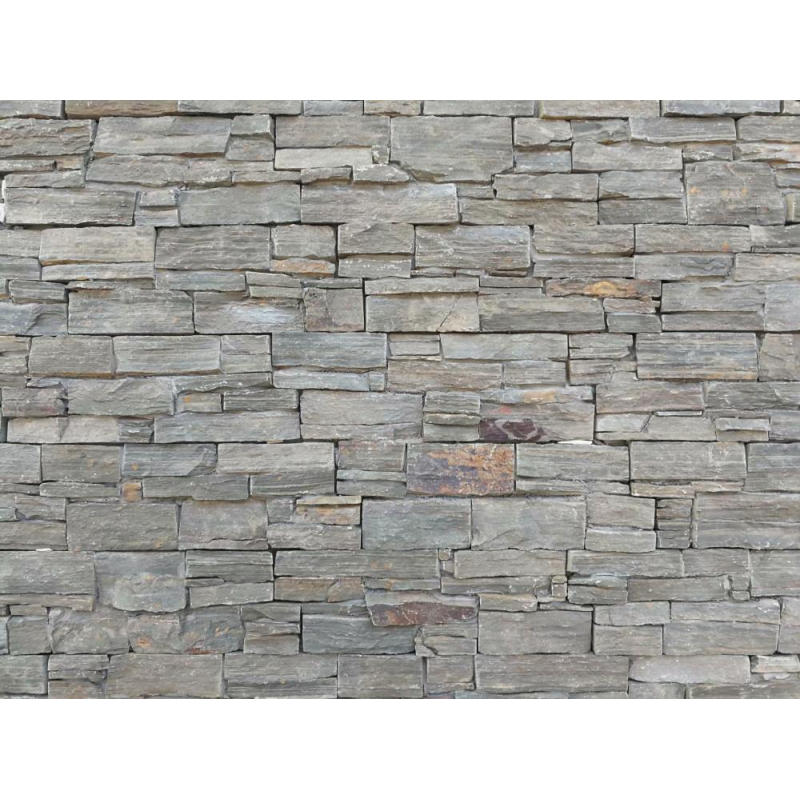
Естествен камък е един от най-често използваните материали, използвани в домове и градини. Но спирали ли сте някога, за да се чудите откъде идват конкретните ви каменни плочки, тухли или подови настилки?

Natural stone was created thousands of years ago when the Earth was just a ball of mineral gases. As these gases began to cool down, they compressed and solidified to form the world we know today. It was during this process that natural stone was formed – the type of stone created depends on what type of minerals were combined at that time. This was a slow process that occurred over millions of years. As the Earth began to settle, many of these seams of stone were gradually pushed to the surface by heat and pressure, creating the large formations we see today.
Stone can come from anywhere in the world, and the type of stone is determined by its origins. There are quarries in America, Mexico, Canada, Italy, Turkey, Australia, and Brazil, as well as many other countries around the globe. Some countries have multiple natural stone quarries, whilst others only have a few. Let’s look in closer detail at where particular stones originate and how they were formed.
Мрамор is the result of limestone that has been altered through heat and pressure. It’s a versatile stone that can be used on virtually anything – statues, stairs, walls, bathrooms, counter tops, and more. Usually seen in white, marble is also common in black and grey tints, and has great weather endurance.
Кварцит произхожда от пясъчник, който е бил променен чрез топлина и компресия. Камъкът се предлага предимно в бяло, но може да се намери и с кафяви, сиви или зеленикави нюанси. Това е един от най-твърдите видове естествени камъни, което го прави отличен избор за фасади на сгради, плотове и други конструкции, които изискват тежки камъни.
Гранит първоначално е бил магматичен камък, който е бил изложен на магма (лава) и променен чрез излагане на различни минерали. Камъкът обикновено се среща в страни, в които е имало висока вулканична активност в даден момент, и се предлага в огромно разнообразие от цветове от черно, кафяво, червено, бяло и почти всички цветове между тях. Гранитът е чудесен вариант за кухни и бани поради своите антибактериални качества.
Варовик е резултат от сгъстяването на корали, миди и други океански обитатели. Има два вида варовик, по-твърд тип, който е пълен с калций, и по-мек тип с повече магнезий. Твърдият варовик често се използва в строителната индустрия или се смила и използва в хоросан поради водоустойчивото си качество.
Син камък is sometimes referred to as basalt, and is one of the most common natural stones around the world. Bluestone forms through the alteration of lava, and because of this, is one of the closest stones to the Earth’s surface. Basalt is generally darker in colour, and is used as house roofing and floor tiles because of its hard texture.
шисти е създаден, когато шистовите и калните утайки са били променени чрез топлина и налягане. Предлага се в цветове от черно, лилаво, синьо, зелено и сиво, шистите се превърнаха в популярен избор за покриви, тъй като могат да се нарязват тънко и да издържат на ниски температури с минимални щети. Плочата също често се използва като подова настилка поради своята издръжлива природа.
Травертин is created when floodwaters wash through limestone, leaving mineral deposits throughout. As it dries out, the extra minerals solidify to gradually create a much denser material called travertine. This stone is good as a replacement for marble or granite, as it’s much lighter and easier to work with, yet still durable. For this reason travertine is often used on floors or walls, and is estimated to last around fifty years if maintained regularly.